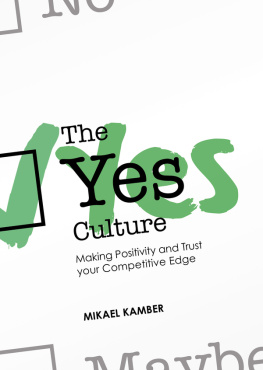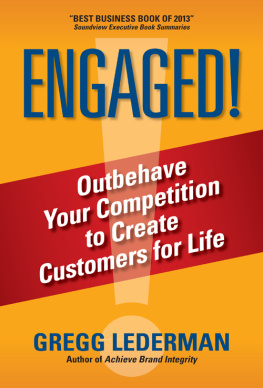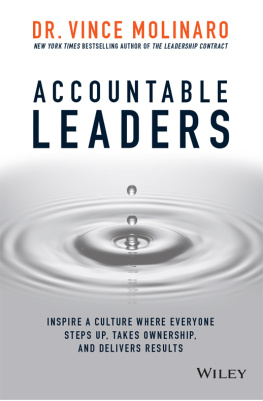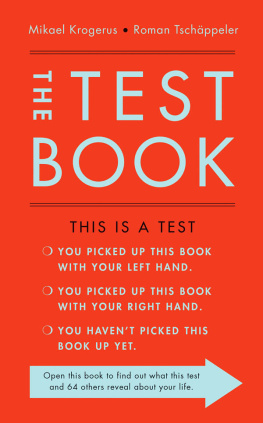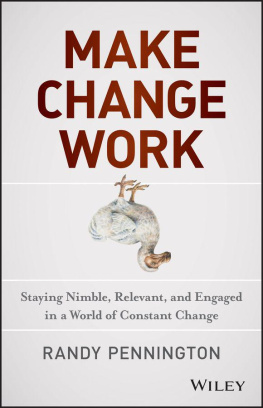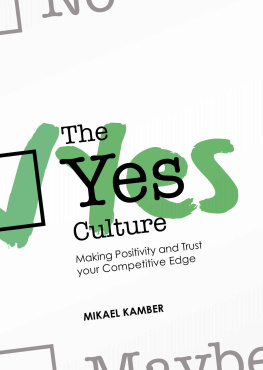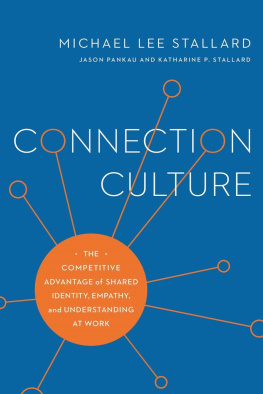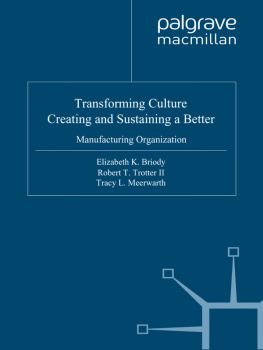
The Yes Culture
Making Positivity and Trust Your Competitive Edge
Mikael Kamber 2015. All rights reserved.
Translation: Dorte Silver
Project Management: KalimayaKrabbe
Cover Design & Illustrations:
Patricia Hepe, Aleksandra Taniberg & BenPosetti
1. edition 2015
eISBN: 9780990506195
This book is protected by copyright law. Copying for otherthan personal use requires permission from the author.
MIKAELKAMBER
THE YESCULTURE
Making Positivity and Trust YourCompetitive Edge
Prelude
I was about 10 or 11 years old when I realised that we are at ourbest when we are happy. You might even say that I had the insightdriven home with a sledgehammer.
Throughout my childhood I spent much time withmy dad, who had his own workshop. My fathers craft barely stillexists today. He was an upholsterer. He even had a particularspecialty within his field: He was an automobile upholsterer. Mydad could replace the upholstery of car seats, inside the doors andunder the roof for a perfect result. To expand his field ofbusiness, he also took on marine upholstery. The seats in thegalley in a traditional Danish coaster saw a lot of wear andrequired regular repairs.
I was fascinated with my dads work. I lovedgoing with him to the shipyards. There was huge machinery, and thelid was usually off the sweet jars. The cars were exciting too. Thecars that were sent to my dad to be reupholstered were not ordinarycars. Most of them were either vintage cars or came straight fromthe factory for owners with special requests. For example, one ofmy dads clients was a CEO who bought a sparkling new Jaguar everyyear. The car would arrive from England, complete with blackleather interior. But the CEO preferred white leather, so once ayear he drove his new car to my dads workshop to have itredone.
The changing times presented challenges for mydads business. Fewer coasters meant fewer seats and cushions to bereplaced in the galleys. And the general rise in the hourly pay forskilled craftsmen in Denmark meant that by the late 1970s,reupholstering cars had become a luxury that few couldafford.
My dad managed to keep his business more or lessafloat. There was always a family who wanted grandads old easychair reupholstered. But it was not the same. He was getting boredin his workshop in the small town of Nordby on the Danish island ofFan.
So one day my dad pulled up his brown Mazdapickup by the front door.
Lets load up, said my dad.
What are we loading? I asked.
The tools, he replied.
Together, we loaded all his special-purposetools into the pickup truck. The button machine, the webbingstretcher, the button needles, the curved needles, the sewingmachine that could sew leather, rolls of fabric, hessian and foamrubber, wood wool, reels of thread, bees wax, springs, lip cordand trim, piping, latex. Never before and never since has a load ofthis description gone to the local rubbish dump.
For good and bad, Denmark no longer has rubbishdumps. Of course, it was never good for the environment to simplydump all sorts of rubbish on a lot outside of town. But for a boy,it was heaven. There was always good, useful stuff to be found. Istill have comic books I found on the dump, and for a while I hadfun constructing odd-looking bicycles from recovered parts. It wasalso a great place to release the destructive urge that lurksinside most boys. Smashing 25 bottles and seeing the picture tubeof an old TV set explode really scratched that itch.
This is where my dad and I rolled up in thebrown Mazda. My dad made sure that we flung the rolls of fabric asfar away from the cliff as possible, the trim and lip cord flyingthrough the air like so much golden confetti. He placed hisspecial-purpose tools in a pile next to the truck. He had alsobrought a sledgehammer, which he pulled out once we had dealt witheverything else.
It was quite a sight to see my dad there at thedump, systematically smashing the tools of his trade to smithereenswith a sledgehammer. He clearly enjoyed himself. He took his time.It was a little ceremony that took on a certain rhythm. Bang. Theregoes the button machine. Bang. Two curved needles snapping. Bang.The sewing machine. Bang. The sewing machine again. Bang. At onepoint I asked the obvious question:
What are you actually doing, dad?
Ill tell you what Im doing. I cant be bothered anymore. Now,they can hassle me all they want. I wont be able to fix theirchairs anymore. Delighted, he threw out his arms. I dont havethe tools for it.
And that was it. We drove back, and my dad founda new path for himself. He became a trader and a familiar face atlocal auctions and markets in western Jutland. People soondiscovered that he was able to procure all sorts of things at areasonable price. For a number of years, he even pursued hisboyhood dream of owning his own tractor and a farm. He bredfree-range pigs long before it was trendy. Later, he opened thefirst recycling station in western Jutland, became a long-standingmember of the local council and is now the prime mover behind thebeautiful woodland playground on the island of Fan.
Not all of his endeavours proved profitable. Inour family, my mother deserves much of the credit for making endsmeet while my dad was trying his hand at new projects. But if hehad not driven to the rubbish dump that day in the late 1970s noneof his projects would have got off the ground. The free-range pigs,the recycling station, the woodland playground, most of it wouldhave remained just dreams. And the world would have been the poorerfor it.
Even back then, as I watched him destroy histools with the sledgehammer I thought that he was pretty cool forhaving the nerve to do it. My dad had ambitions, he aspired to morethan mediocrity. And that is only possible when we are passionateabout what we do. Positive emotions like joy and enthusiasm are thefuel that make us crazy and curious enough to want to do somethingout of the ordinary. He did the right thing when he quit hisprofession. When we can no longer feel the spark inside, it is timeto do something new.
My dad is not the only one who is at his bestwhen he is driven by positive emotions such as joy and enthusiasm.That is true for most of us. And this is not something that thereaders have to take my word for. It is not just a hunch that I amtrying to convince you of. It is not religion. It is a documentedfact.
Scientific studies should always be approachedwith a healthy dose of scepticism. Some research findings rest on afirmer foundation than others, and anyone who is willing to searchlong enough can always find a study to validate just about any beethat got into their bonnet. But when it comes to the impact ofpositive emotions such as joy and enthusiasm, our knowledge is onvery firm ground indeed.
In 2005, a group of American scientistscompleted a daunting task. They wanted to answer the following,uncommonly interesting question: Does happiness lead to success?(If you are wondering what exactly they meant by happiness, thedefinition in the study was that happiness means experiencingpositive emotions a large percentage of the time.)
To determine the connection between happinessand success, the research team delved into a vast body ofliterature on the subject. They identified more than 200 relevantresearch projects that each contributed to the answer. Thesestudies comprised over 275,000 study participants across the world,and once the researchers had worked through all the data they putforth the following findings:

